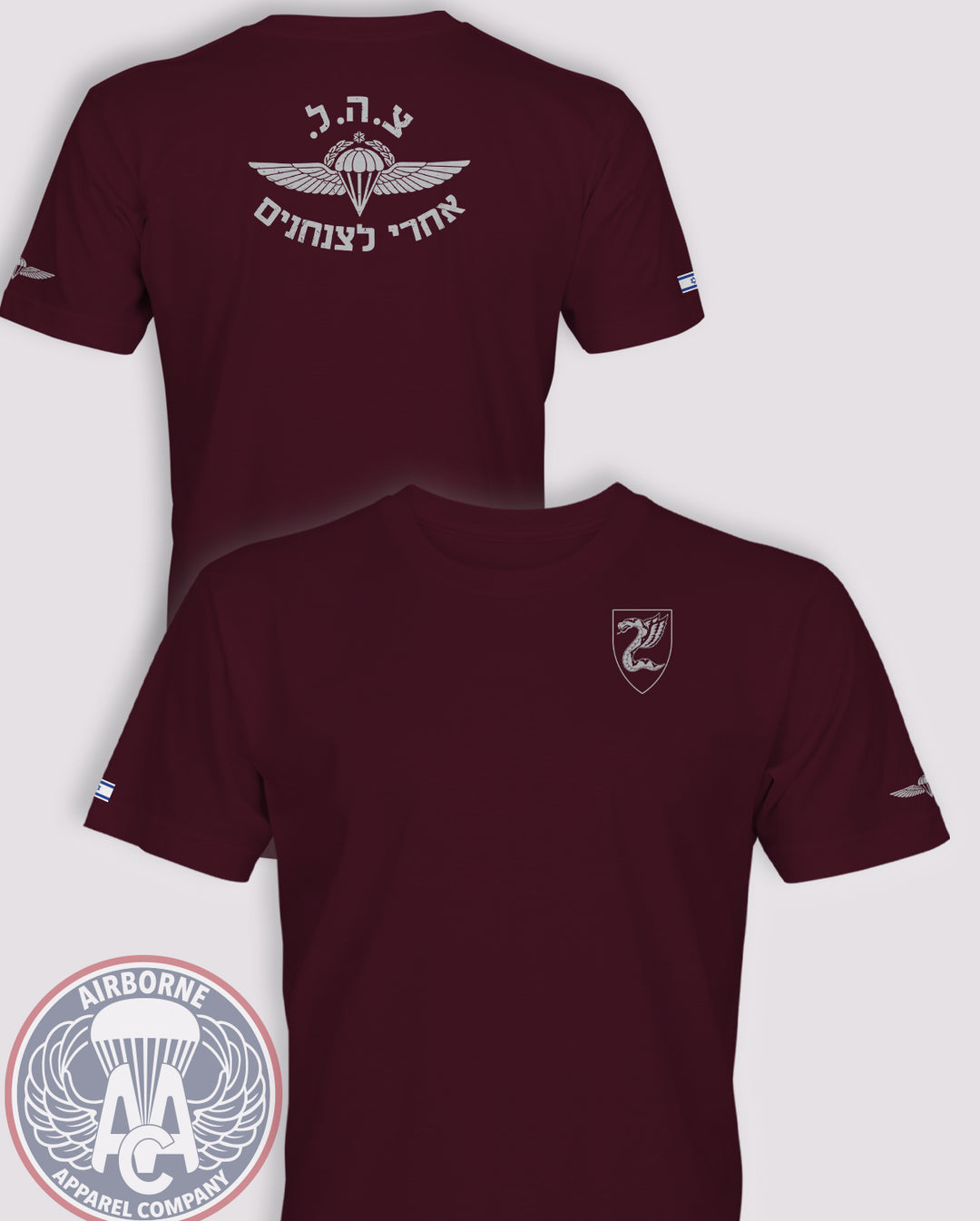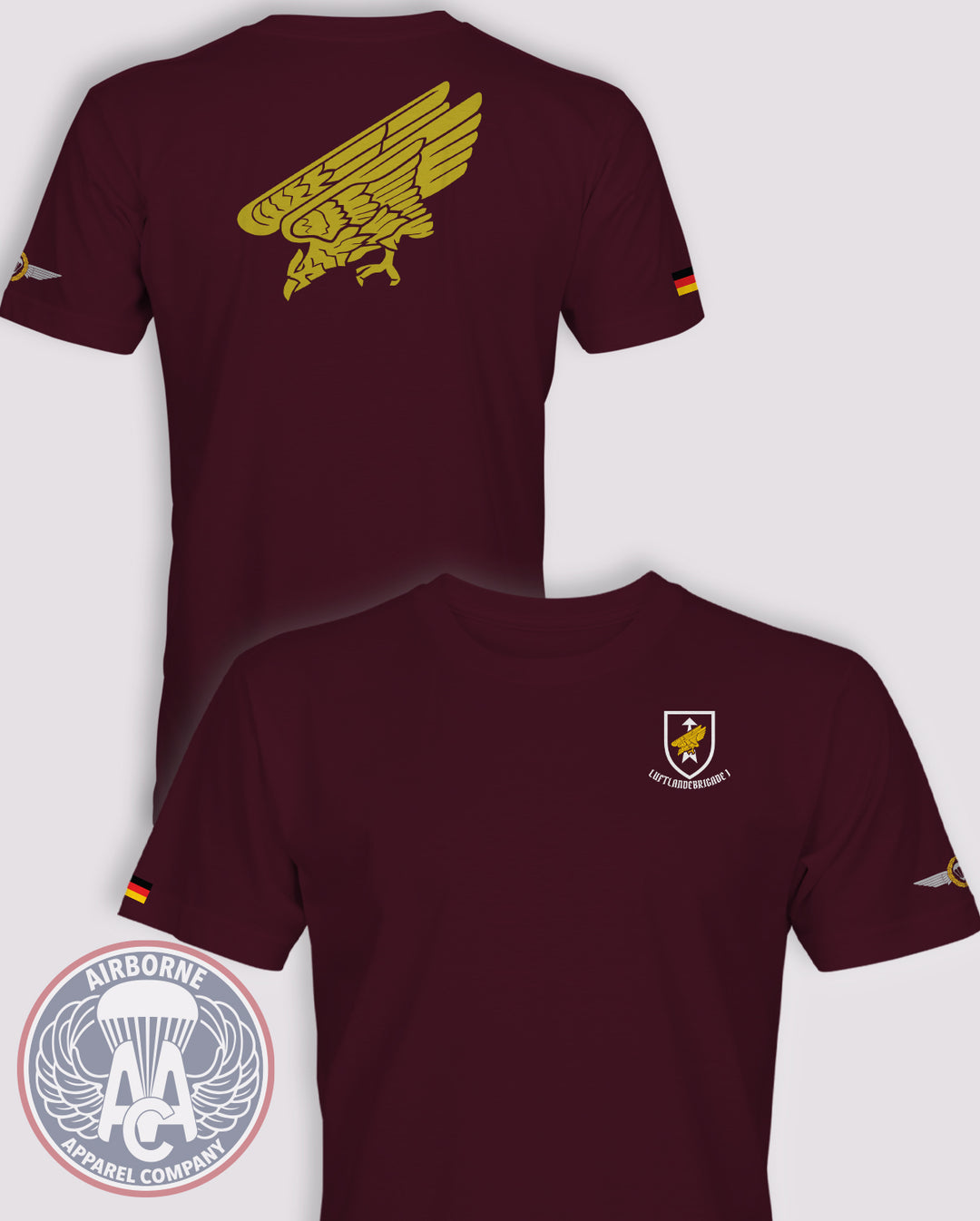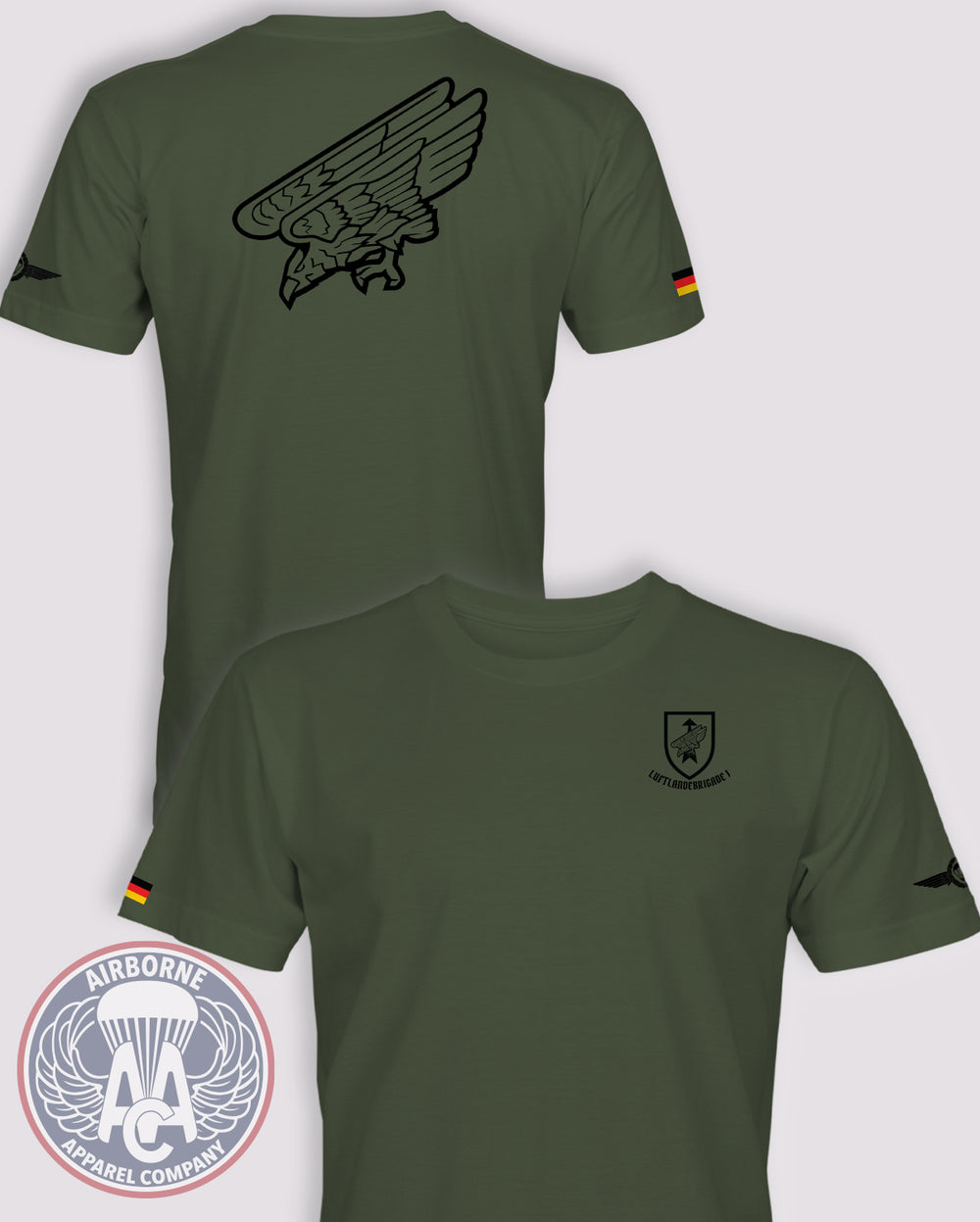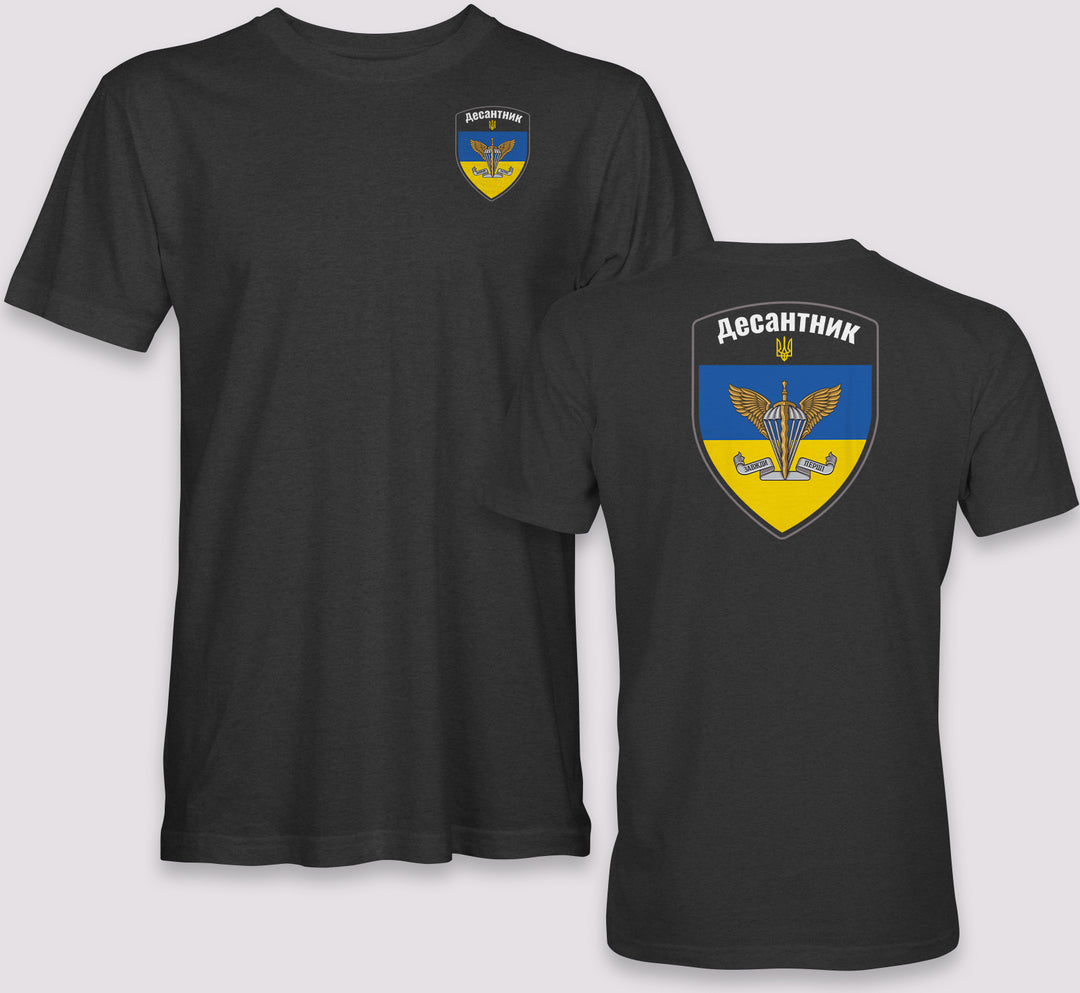The Global History of Airborne Forces
Airborne forces have long captured the imagination of soldiers and civilians alike. From their dramatic battlefield entrances to their enduring esprit de corps, paratroopers represent courage, speed, and unity. While the U.S. Army Airborne is the most famous to many Americans, elite parachute units exist across the world, each with its own proud legacy.
Early Beginnings
The concept of dropping troops by parachute originated in Europe. Italy was among the very first to form a dedicated airborne unit in the 1930s, followed soon after by the Soviet Union, which developed mass parachute operations and pioneered large-scale airborne maneuvers. Germany’s Fallschirmjäger became legendary in World War II, conducting daring assaults such as the capture of Crete in 1941. Britain’s Parachute Regiment—“the Paras”—was created during the war as well, fighting in North Africa, Normandy, Arnhem, and across Europe.
Postwar Expansion
After World War II, many nations built their own airborne forces, recognizing their unique ability to strike deep behind enemy lines. France maintained and expanded airborne capabilities, with the 1er Régiment de Chasseurs Parachutistes and the 2e Régiment Étranger de Parachutistes of the French Foreign Legion seeing heavy combat in Indochina and Algeria. The Soviet Union expanded its VDV (Vozdushno-Desantnye Voyska), creating one of the largest and most powerful airborne forces in history, influencing the development of similar units in Warsaw Pact nations such as Poland, East Germany, Hungary, and Czechoslovakia.
Global Reach
Today, airborne units exist on nearly every continent. Some of the most well-known include:
-
Europe: United Kingdom (Parachute Regiment), France (Foreign Legion and airborne regiments), Germany (Fallschirmjäger), Italy (Folgore Brigade), Poland (6th Airborne Brigade), Russia (VDV), Ukraine (Air Assault Forces), the Netherlands (11th Airmobile Brigade), Spain (BRIPAC), Portugal (Paratroopers Regiment), Greece (1st Raider/Paratrooper Brigade).
-
Asia: China (People’s Liberation Army Airborne Corps), India (Parachute Regiment), Pakistan (Special Service Group Airborne), Indonesia (Kopassus and Kostrad airborne units), Japan (1st Airborne Brigade), South Korea (Special Warfare Command Airborne brigades).
-
Middle East & Africa: Israel (Paratroopers Brigade), Egypt (Airborne units), Iran (Airborne division), Turkey (Airborne brigades), Morocco (Parachute regiment), Algeria (Paratroopers), South Africa (44 Parachute Regiment).
-
Americas beyond the U.S.: Canada (Canadian Airborne Regiment, legacy carried on by airborne-qualified troops), Brazil (Parachute Infantry Brigade), Argentina (Paracaidistas Brigade), Chile (Special Operations Airborne units), Mexico (Paratroopers Brigade).
-
Other regions: Australia (3rd Battalion, Royal Australian Regiment, with airborne role), New Zealand (Special Air Service with airborne training).
Brotherhood Beyond Borders
What unites all of these paratroopers—regardless of flag or language—is a shared brotherhood. The experience of stepping out of an aircraft into the unknown, trusting your parachute, and landing ready for battle is something that bonds airborne soldiers across borders and battlefields. Whether they wear the maroon beret of Britain, the red beret of Poland, the sky-blue of Russia’s VDV, or the wings of France, they are linked by tradition, courage, and sacrifice.

















